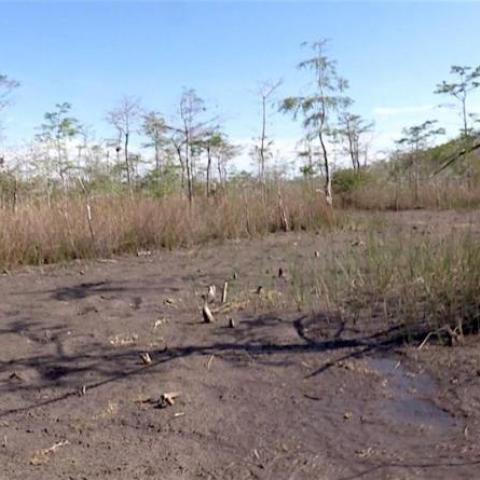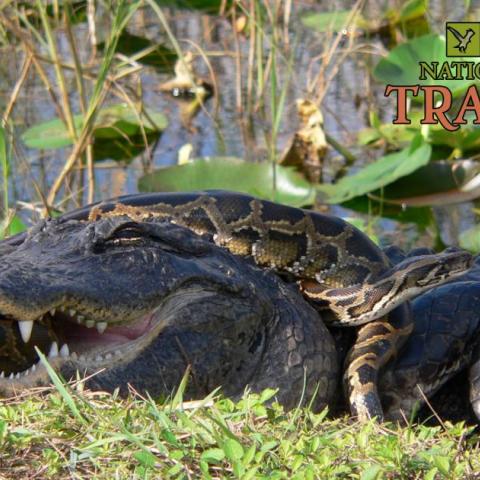Army Corps Reverses Position On Oil Company's Impacts On Big Cypress National Preserve

In somewhat of a surprising reversal, the U.S. Army Corps of Engineers has told an oil exploration company that it can resume seismic operations in Big Cypress National Preserve without the Corps' oversight.














